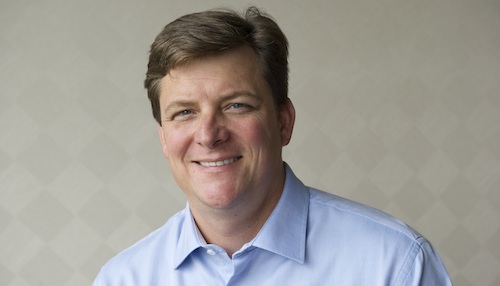
The reduction in mobile termination rates in March has lopped R735m off Vodacom’s top line in the six months to September 2010.
Vodacom chief financial officer Rob Shuter says the reduction in termination rates — the fees operators charge each other to carry calls between their networks — has also devoured R260m of its earnings before interest, taxes, depreciation and amortisation (Ebitda).
Vodacom, MTN and Cell C agreed to lower termination rates in March following heavy political pressure. They were reduced in peak times from R1,25/minute to 89c/minute.
In the first half of its 2010 financial year, Vodacom raked in R4bn in interconnect revenue, though it paid out R3,1bn. In the first half of 2011, its interconnect revenue fell to R3,3bn and it paid R2,8bn to other operators.
Vodacom is likely to experience more of an impact over the next three years as the rates fall further, dropping to 40c/minute in March 2013.
Schuter says Vodacom has been preparing for the glide path and has begun cost cutting to help offset the effects. However, he warns that a decision by the Independent Communications Authority of SA to allow “asymmetry” for smaller players — in essence, companies below a certain size don’t have to pay as much in interconnect fees — could hurt Vodacom more than originally anticipated.
According to Schuter, Vodacom conservatively estimates that asymmetry could cost the group R150m to R200m in Ebitda.
“We will have to run pretty hard over the next few years to compensate for the effect of termination rates, especially on the Ebitda line,” he says.
Vodacom’s cost-cutting initiatives started last year already, and the group has made important strides in bringing down operational costs.
It has managed to bring down costs in its international businesses by just over 8% on average and costs in the SA subsidiary were up only 5,4%.
However, Schuter says there is still more work to do to bring down costs.
Vodacom Group CEO Pieter Uys says the next steps will involve looking at the marketing budget, part of which will include sports sponsorships.
The group spends about 3% of its revenue on marketing.
“Over the next six months you will see fewer sponsorships from us,” Uys says. “Some of the contracts should be coming to an end soon.”
However, Uys says the company will continue its sponsorship of the Super 15 (formerly Super 14) rugby tournament. — Candice Jones, TechCentral
- Subscribe to our free daily newsletter
- Follow us on Twitter or on Facebook




